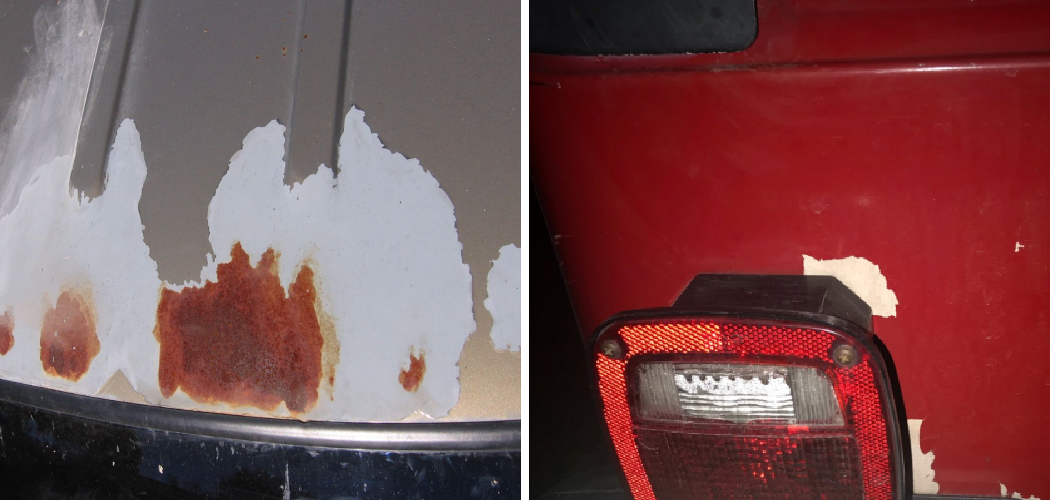Owning a Jeep is synonymous with adventure, but for many enthusiasts, the frustration of peeling paint can put a damper on the off-road experience. Whether it’s the result of harsh weather conditions, road debris, or simply the passage of time, paint peeling is a common issue that can detract from the rugged aesthetics of your beloved Jeep.
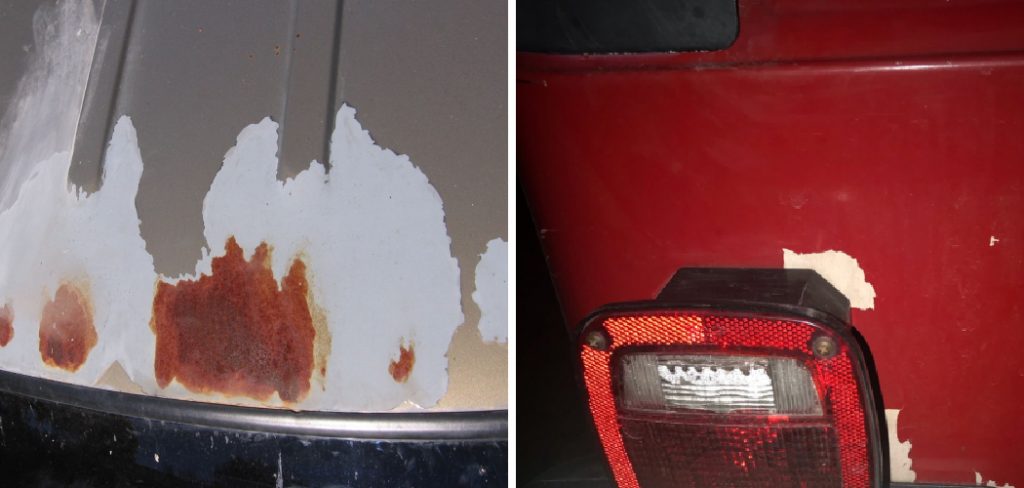
Fortunately, understanding the causes and implementing effective preventive measures can help you maintain that showroom shine. In this guide, we’ll delve into how to stop paint peeling on jeep. From proper cleaning and preparation to choosing the right paint and applying protective coatings, we’ll uncover the secrets to keeping your Jeep’s exterior looking pristine. Say goodbye to unsightly peeling paint and hello to a revitalized and resilient off-road companion.
Importance of Preventing Paint Peeling on a Jeep
As with any vehicle, maintaining the appearance of your Jeep is crucial for preserving its value and ensuring you get the most out of your investment. But beyond aesthetics, preventing paint peeling on a Jeep is also essential for protecting the underlying metal from rust and corrosion.
As Jeeps are not just ordinary vehicles but specialized off-road machines, they may come into contact with more extreme elements that can accelerate paint peeling, such as mud, rocks, and saltwater.
Furthermore, the longer you let paint peeling go unchecked, the more likely the damage will spread and become irreversible. So not only does repairing peeling paint affect your Jeep’s appearance, but it also impacts its overall structural integrity.
Causes of Paint Peeling on a Jeep
Before we dive into the solutions, let’s first understand why paint peeling occurs. Here are some of the most common causes:
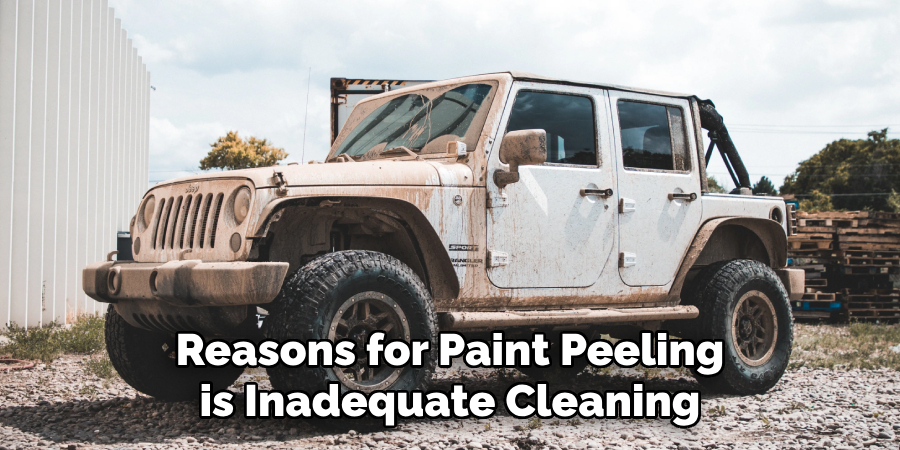
- Improper Surface Preparation: One of the primary reasons for paint peeling is inadequate cleaning and preparation of the Jeep’s surface before painting. Any dirt, oil, or old paint left on the surface can prevent new coats from adhering properly.
- Environmental Factors: As mentioned earlier, harsh weather conditions, such as extreme temperatures and exposure to saltwater or road debris, can weaken the paint’s bond with the metal surface.
- Poor Quality Paint: Using low-quality or incorrect types of paint can also lead to peeling. For instance, using a water-based acrylic paint on a Jeep that will be exposed to constant moisture is a recipe for disaster.
- Lack of Protective Coatings: Without the proper protective coatings, your Jeep’s paint is vulnerable to damage from UV rays, rain, and other elements that can cause it to peel over time.
10 Methods How to Stop Paint Peeling on Jeep
1. Properly Clean and Prep the Surface
Before painting your Jeep, it is important to thoroughly clean and prep the surface to ensure proper adhesion of the paint. This includes removing any dirt, rust, or old paint with a wire brush, sandpaper, or chemical cleaner.
2. Use High-Quality Paint and Primer
Investing in high-quality paint and primer can make a significant difference in preventing paint peeling on your Jeep. Look for products specifically designed for automotive use and make sure to follow the manufacturer’s instructions for application.
3. Apply Multiple Thin Coats
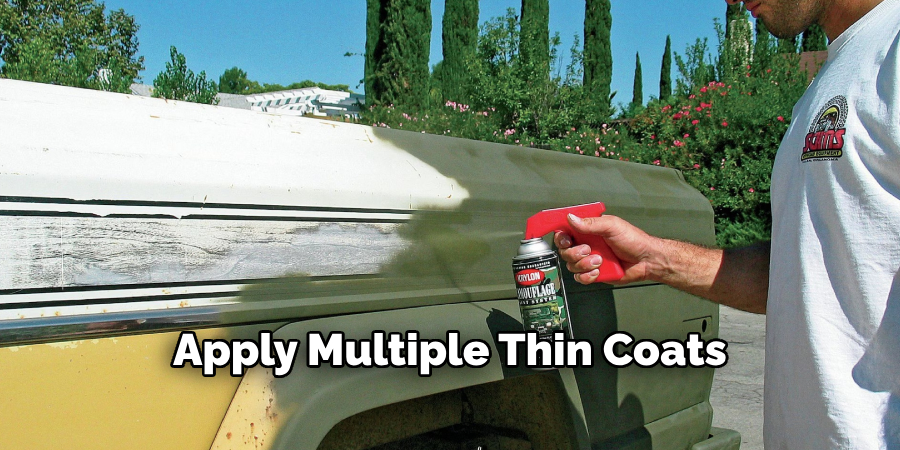
Instead of applying one thick coat of paint, it is better to apply multiple thin coats to achieve a smooth and even finish. This will also help prevent paint from cracking or peeling due to excess thickness.
4. Allow Proper Drying Time
It is crucial to allow each coat of paint and primer to fully dry before applying the next one. Rushing this step can lead to improper adhesion and ultimately cause peeling. Depending on the type of paint, this can take anywhere from a few hours to a full day.
5. Sand Between Coats
In addition to allowing proper drying time, lightly sanding between coats can help create a smoother surface for the next layer of paint to adhere to. This will ultimately result in a more durable and long-lasting finish.
6. Protect Against Harsh Weather Conditions
Extreme weather conditions such as intense sunlight or heavy rain can cause paint peeling on your Jeep. To prevent this, consider parking in a garage or using a car cover when not in use.
7. Avoid Abrasive Cleaning Products
Using abrasive cleaning products on your painted surfaces can cause damage and lead to peeling over time. Stick with gentle soap and water for regular cleaning. For tougher dirt and grime, try using a dedicated automotive cleaner.
8. Touch Up Any Chips or Scratches Immediately
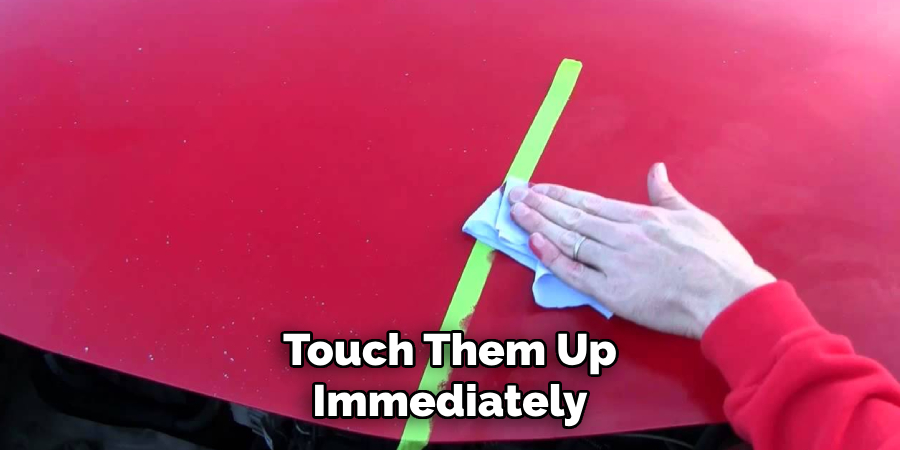
If you notice any chips or scratches on your Jeep’s paint, it is important to touch them up immediately before they have the chance to spread and cause further damage.
9. Regularly Wax Your Jeep
Waxing your Jeep regularly can help protect the paint from harsh elements and prevent peeling. It also adds a layer of shine and can make your Jeep look like new.
10. Consider Professional Painting Services
If you are not confident in your own painting skills or have already experienced paint peeling on your Jeep, it may be worth considering professional painting services. They will have the expertise and equipment necessary to properly prep and paint your Jeep, ensuring a long-lasting finish.
Repairing Paint Chips and Scratches
In addition to preventing paint peeling, it is also important to address any existing paint chips or scratches on your Jeep. These can not only be unsightly but also lead to further damage if left untreated. Here are some steps you can take to repair them:
- Clean the Area: Before beginning any repairs, make sure the damaged area is clean and free of debris.
- Sand Down the Area: Use sandpaper to smooth out any rough edges and create a clean surface for the paint to adhere to.
- Apply Primer: Using a small brush, apply a thin layer of primer to the damaged area and allow it to dry completely.
- Touch Up With Paint: Once the primer is dry, use a small brush to carefully apply the paint, making sure to feather it out to blend with the surrounding area.
- Let Dry and Repeat: Allow the paint to dry completely before applying another layer if needed. Repeat until you achieve a smooth and even finish.
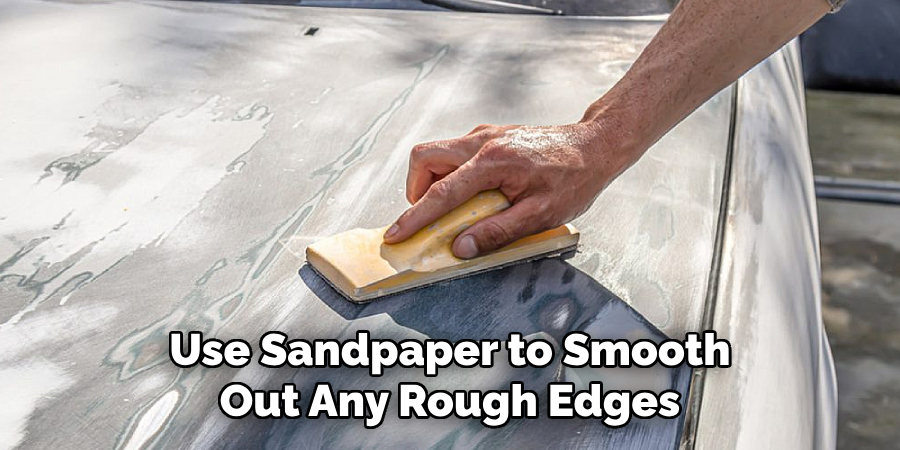
Remember, addressing any small chips or scratches immediately can prevent them from turning into larger areas of peeling paint in the future.
Rust Prevention and Treatment
Rust is another common issue that can lead to paint peeling on your Jeep. Here are some tips for preventing and treating rust:
- Keep Your Jeep Clean: Regularly washing and waxing your Jeep can help prevent dirt, debris, and moisture from building up and causing rust.
- Address Any Chips or Scratches Immediately: As mentioned earlier, touching up these areas immediately can prevent rust from forming underneath the paint.
- Use Rust Inhibitors: There are various products available on the market that can help prevent rust from forming. Look for ones specifically designed for automotive use and follow the instructions for best results.
- Treat Existing Rust: If you do notice any areas of rust on your Jeep, it is important to address them immediately before they spread. There are rust converters and removers available that can help stop the rusting process and restore the affected area.
Following these tips and methods can help prevent paint peeling on your Jeep and keep it looking its best for years to come. Remember to regularly inspect your Jeep’s paint and address any issues promptly before they become more significant problems. With proper maintenance and care, you can enjoy a beautiful and durable paint job on your Jeep for many adventures ahead.
Things to Consider When Choosing Paint for Your Jeep
- Climate: Different climates may require different types of paint, so consider your local weather conditions before making a purchase.
- Type of Use: If you frequently take your Jeep off-roading or expose it to rough terrain and extreme elements, choose a more durable and resistant paint.
- Color Choice: Darker colors tend to absorb more heat from the sun, which can cause the paint to peel faster. Consider this when choosing a color for your Jeep.
- Longevity: Some paints may have longer lifespans than others, so factor in how often you want to repaint your Jeep when making a decision.
Conclusion
In conclusion, learning how to stop paint peeling on jeep is a key step in maintaining the appearance and value of your vehicle. By following these simple steps, you can prevent further damage and preserve the sleek and rugged look that makes Jeeps so iconic. Remember to regularly wash and wax your Jeep, inspect for any signs of peeling or chipping, properly prime and paint any affected areas, and invest in high-quality products.
If you ever find yourself struggling with this issue, don’t hesitate to seek professional help from certified mechanics or body shops. We hope that this blog post has provided you with valuable information and insights on how to tackle paint peeling on your Jeep. Keep these tips in mind to ensure your Jeep stays looking its best for years to come. It’s time to take action and give your beloved Jeep the care it deserves!

